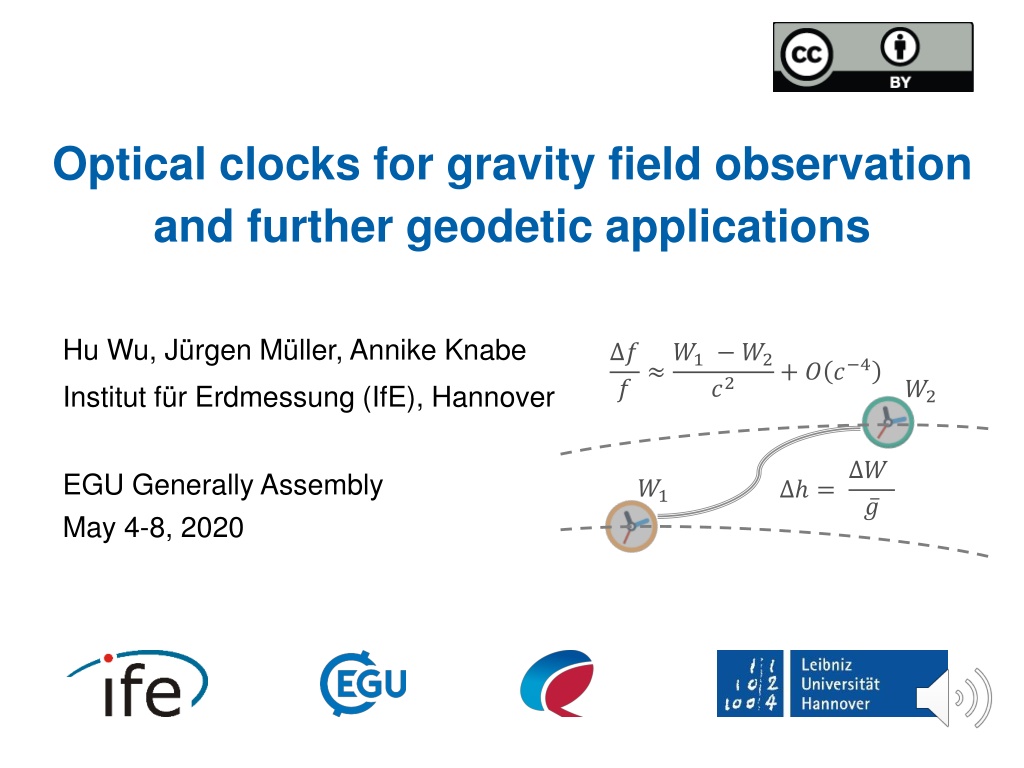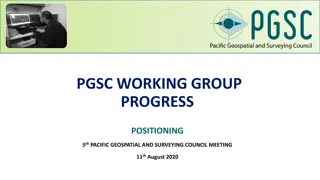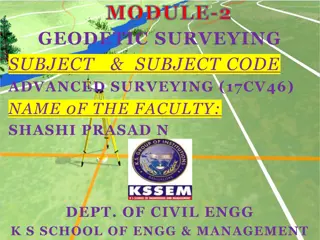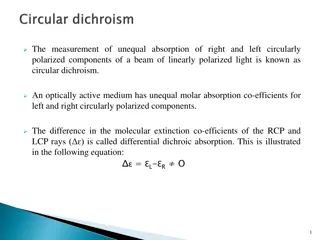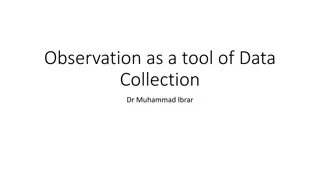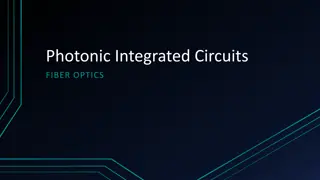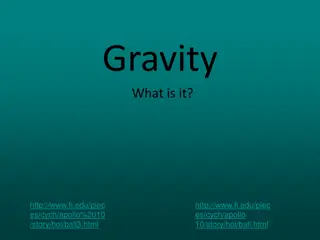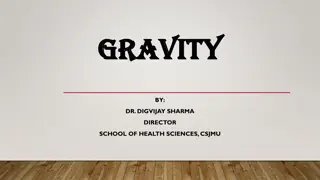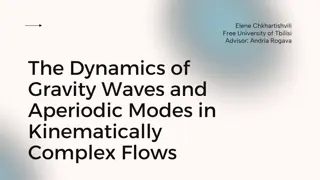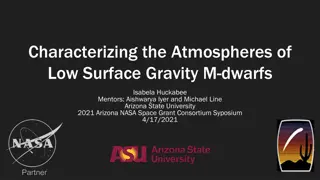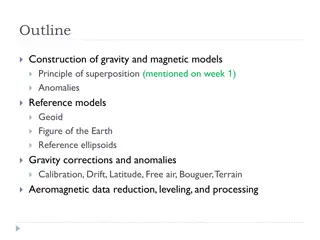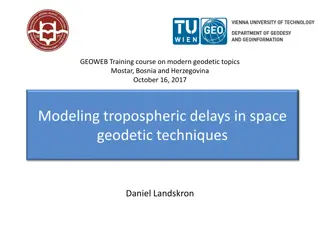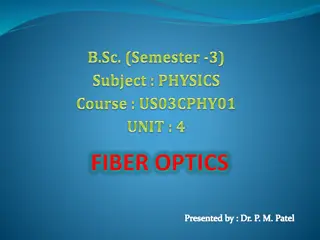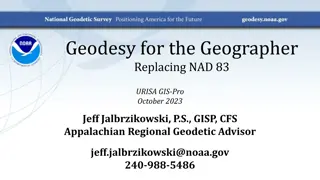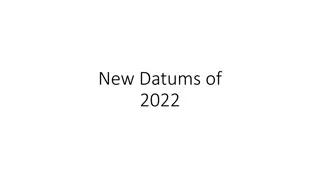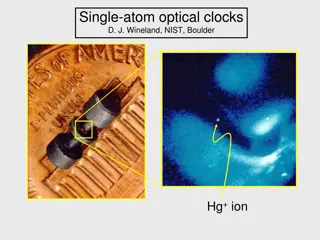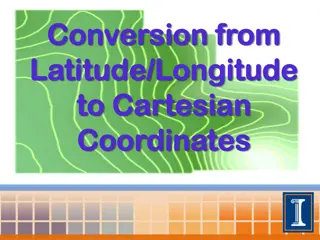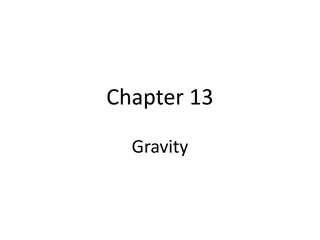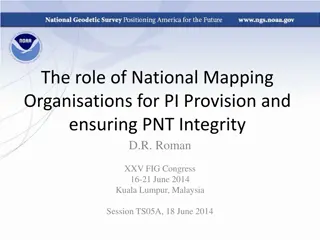Optical Clocks for Gravity Field Observation and Geodetic Applications
Optical clocks play a crucial role in observing gravity fields and have various geodetic applications. From comparing space-to-ground and space-to-space clocks to detecting mass loss in Greenland, these clocks offer high-frequency sampling data for precise measurements. They also aid in unifying height systems and establishing a global gravity reference frame with stable maintenance over time.
Download Presentation

Please find below an Image/Link to download the presentation.
The content on the website is provided AS IS for your information and personal use only. It may not be sold, licensed, or shared on other websites without obtaining consent from the author. Download presentation by click this link. If you encounter any issues during the download, it is possible that the publisher has removed the file from their server.
E N D
Presentation Transcript
Optical clocks for gravity field observation and further geodetic applications Hu Wu, J rgen M ller, Annike Knabe Institut f r Erdmessung (IfE), Hannover EGU Generally Assembly May 4-8, 2020
Clocks for space gravimetry / Scenario 1 Space-to-ground clock comparison Potential value ? Reference clock LEO satellite Clock 2
Clocks for space gravimetry / Scenario 1 Degree-error RMS in geoid height Clock error only One-month GRACE satellite A orbit (January 2006) @ ~475 km sampling rate: 5 s 3
Clocks for space gravimetry / Scenario 2 Space-to-space clock comparison Potential difference ?? LEO satellite clocks 4
Clocks for space gravimetry / Scenario 2 Degree-error RMS in geoid height Clock error only One-month GRACE satellite A & B orbit (January 2006) @ ~475 km sampling rate: 5 s 5
Mass loss in Greenland B A A A Clock uncertainty: 10-18 B Clocks can detect the mass loss in some areas. Being complementary to GRACE, clocks provide: point-wise and high-frequency sampling obs. 6
Height system unification Clocks are powerful in obtaining height differences between distant points. This makes them appropriate for height system unification, by identifying: discrepancies (offsets) between different height datums; systematic distortions of national/regional levelling networks. 7
Space geodetic reference frame Gravity potential at different altitudes Gravity field above the equator at different altitudes Potential: [m2/s2] 8
Space geodetic reference frame Clocks in higher orbits support realizing a global gravity or height reference system, which is: stable/robust over time; easy to maintain. 9
Summary For gravity field determination, clocks: deliver the gravity potential (difference), which is a scalar quantity and robust to attitude errors; are assumed for space gravimetric obsevations in two scenarios, and show the highest sensitivity to low-degree gravity field signals. As further geodetic applications, clocks can: unify local height systems; monitor mass changes like in Greenland; realize a global gravity/height reference system. 10
